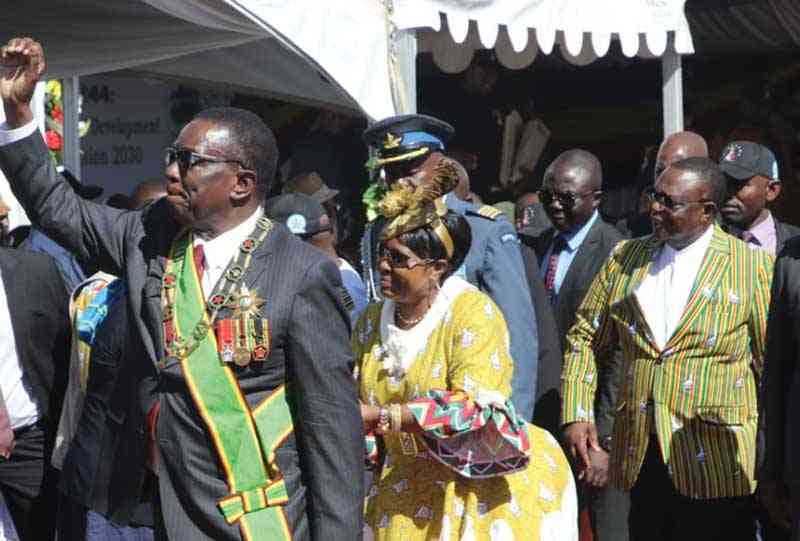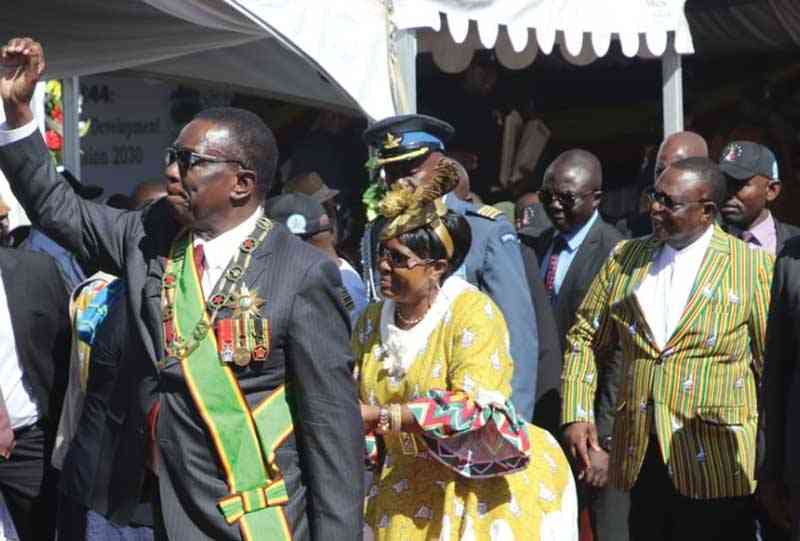
A Training programme that is relevant to the needs of its beneficiaries must be all-inclusive — taking into account needs of all those involved.
Report by Paul Nyausaru
This could include a specialist in the area, representatives of the target group for which training is being developed as well as future participants of the training and training experts (training officer/administrator).
The views of all the participants involved are essential in coming up with a winning training programme. The following are crucial in coming up with an effective training programme.
The first stage in coming up with an effective training programme is to establish the participants’ training needs. This involves establishing what the participants are being trained to achieve through finding out what they already know or are able to do before the training.
This means the trainer will not dwell much on what participants already know, but will only revise such material. During this stage, the trainer is required to interview those responsible for requesting the training as well as undertake a survey of the participants’ current knowledge and perceived needs.
Secondly, the trainer is faced with task of setting up training objectives. A training objective is simply defined as a concise but clear statement of what participants should be able to do at the end of the course.
It must be written in terms of “ends” not “means”. So it is not an objective to make a presentation or hold a case study, as these are just means of achieving an end.
- Chamisa under fire over US$120K donation
- Mavhunga puts DeMbare into Chibuku quarterfinals
- Pension funds bet on Cabora Bassa oilfields
- Councils defy govt fire tender directive
Keep Reading
The next stage, having come up with measurable objectives, is for the trainer to shape the course.
This stage comprises of five important steps, which we are going to look at in detail.
Step one has to do with the selection of the material to be covered in the course.
This has to be done in consultation with the experts in the particular area.
Issues such as the topics to be covered against the duration of the course, the participants’ current knowledge on the area and amount of time to be spent on one other area are some of the considerations to think of.
Sequencing of the material in an appropriate manner for logical learning is also important.
Topics to be covered have to be arranged in some logical order which may include arranging them from the easy to the more complex, from the simple to start with to the more difficult and according to the order in which things have to be done.
This will motivate the participants to have the desire to learn and make meaningful contributions during the training.
Choice of the training methods is also crucial in the development of a training programme.
It is important for the trainer to select a variety of training methods that could be used throughout the training course. These could be case studies, role plays and demonstration among others and these should be designed to suit the group that will undergo training.
There is also need to decide on the time needed for each activity.
Here, the trainer needs to be flexible since it has been observed that the most successful training sessions over-run, which is particularly true with adults who are better participators during training. So as a trainer, you need to avoid giving participants a detailed timetable.
Finally, the trainer should prepare the course requirements lists.
This calls for the trainer to draw up a list of the training material such as detailed trainer guidance and file as well production of relevant teaching material and participants’ notes.
The accommodation and equipment required have to be considered as well before the training commences.
So to assist the trainer in ensuring that everything is in place, there is need for the trainer to prepare a checklist.











